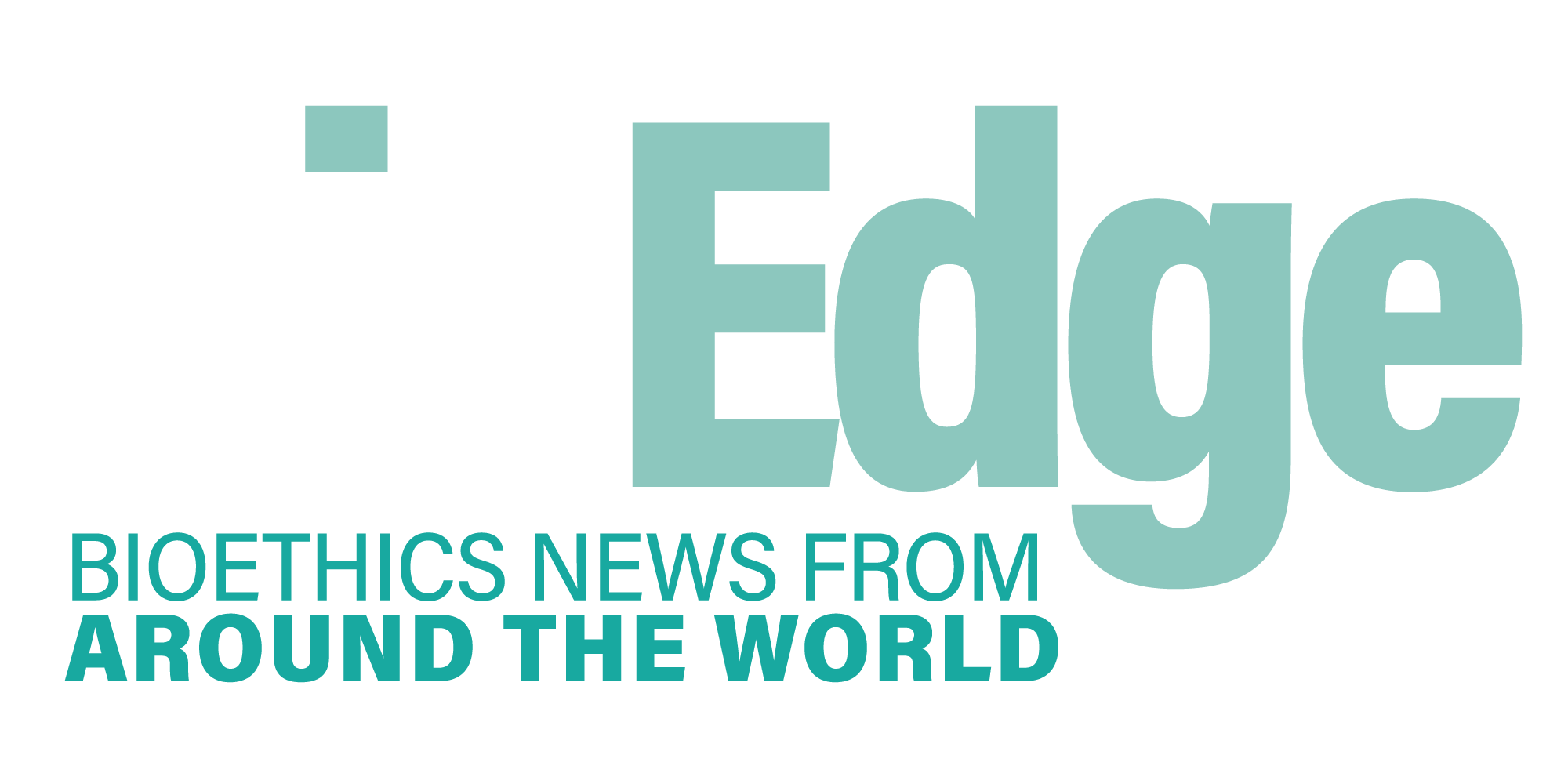
Euthanasia in Canada. MAiD in hell?
The United Kingdom and other countries are looking to Canada for guidelines about how to legislate for euthanasia. According to a group called UK Humanists, “We can and should learn from Canada to create laws that are right for the UK”.
Canada’s euthanasia regime, which is officially termed “medical assistance in dying” or MAiD, is often described as the most radical in the world. In a recent article in The Spectator (UK), journalist Douglas Murray described it as a “hell-path”. After March 2024, he opined, doctors “will be able to kill (or award ‘medically assisted suicide’) to people of any age who suffer from anorexia, depression, PTSD or a growing smorgasbord of other debilitating ailments.”
UK Humanists deny this pessimistic view of the future. After studying a number of cases which came to light in the Canadian media, its report concluded optimistically: “we don’t believe that anyone in Canada has had an assisted death who shouldn’t have been able to.”
However, a recent article in the journal Palliative and Supportive Care by three Canadian doctors and a bioethicist covers much the same ground in far more detail and comes to very different conclusions: “The Canadian MAiD regime is lacking the safeguards, data collection, and oversight necessary to protect Canadians against premature death.” Their article is an excellent overview of the status quo in Canada before MAiD for mental illness becomes legal next March. They attempt to identify “policy gaps” as a warning to other jurisdictions. These are the following:
Inadequate data collection. Doctors self-report and they are unlikely to report errors or omissions which might result in prosecuting them for not observing guidelines. Unsurprisingly, media stories about people with disabilities or mental illness who received MAiD were not even mentioned in the government’s annual report on the program.
Lack of oversight. “Rather than the government accepting responsibility for setting up procedures for investigation, the Justice Minister stated that oversight must be provided by family members complaining after the fact to initiate disciplinary actions or police investigations.”
Prioritizing access to MAiD over patient safety and needs. Although Canada’s Supreme Court has not established an explicit “right to die with dignity”, bureaucrats have. Even when other options are available, patients are being steered toward MAiD. Furthermore, a doctor who objects to a patient’s request, “even if only in specific cases for specific circumstances (thus arguably even if that objection is based on an opinion that medical professional standards of care have not been met)” is deemed to be a conscientious objector who must refer the patient to a willing doctor.
Proactively offering MAiD to patients as though it is 1 of many standard treatment options. This puts patients under pressure to accept MAiD, makes them feel that their suffering really is intolerable, and makes them fearful of accessing medical care.
Undefined terminology in the legislation. Patients can request MAiD if they face the prospect of a “reasonably foreseeable natural death”, even if death is not imminent nor their condition terminal. The wording of the Act is “imprecise and makes clear determinations and consistent implementation of clinical practice standards for MAiD difficult.”
Suffering is subjectively defined and can be rooted in psychosocial distress. More and more stories are emerging of people who requested MAiD because they could not access social services. One woman even left an exit video in which she said: “the government sees me as expendable trash”. A government minister has even admitted that “it is easier to access MAiD than to get a wheelchair in some parts of the country”.
Proactively offering MAiD to patients as though it is one of many standard treatment options. In other jurisdictions, doctors are forbidden to raise the topic of euthanasia or assisted suicide with their patients. Not in Canada. “No other country in the world has normalized assisted suicide or euthanasia in this way as a potential first line therapeutic option to address suffering,” the authors write.
No standard treatments must have been tried first or even be available. In Belgium and the Netherlands, euthanasia can only be an option when all treatment options have been exhausted. But in Canada, “There is no requirement that standard best-practice treatments have been appropriately attempted, or even that they are accessible. Tragically, some people are choosing to die while on wait lists for potentially effective treatment or because they are refused care.”
Suicide contagion. There is anecdotal evidence that some people request MAiD after hearing about other cases in the media. But the government is assuming that MAiD will make suicide less common – a position which is not supported by evidence.
So what comes next for Canadians with illness and disabilities? The authors are worried about the normalization of MAiD “as an accessible tool to relieve suffering” and to stop being burdens on their loved ones. The rates are rising dramatically, year by year. In 2021, MAiD accounted for 3.3% of all deaths, and 7% in some areas.
